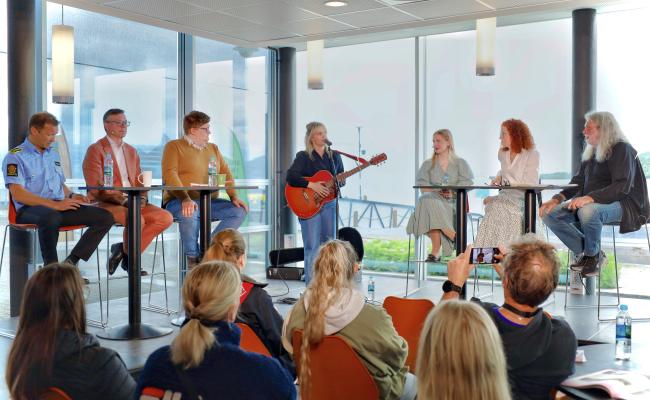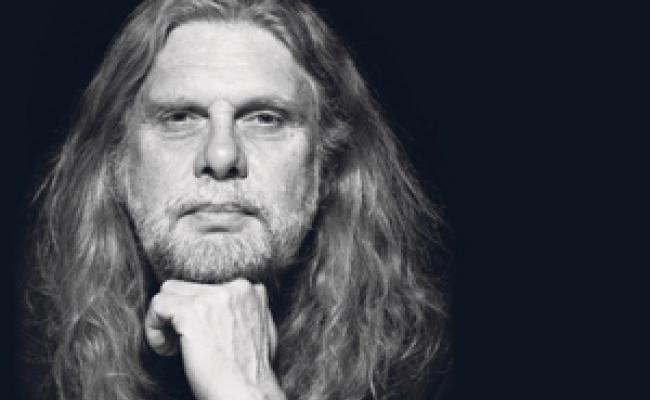Call From Longyearbyen for Increased Norwegian Military Presence in Svalbard

High North News Editor Arne O. Holm leads the High Noon debate in Harstad with (to the left) playwright Karoline Una Moen, Amy Brox Webber, county leader of Finnmark Socialist Left and former member of the Norwegian Defense Commission; Terje Aunevik (L), Chair of Longyearbyen Community Council, and Stian Bones, History Professor at UiT The Arctic University of Norway. (Photo: Astri Edvardsen)
Harstad (High North News): Norway must be able to defend Svalbard, believes Terje Aunevik, Chair of the Longyearbyen Community Council. At the same time, he and the County Chair for Finnmark Socialist Left are calling for proper strengthening of critical infrastructure in the North.
This week, the debate series High Noon is organized in Harstad, Northern Norway, by the True Northern Arts Festival and High North News.
On Monday, the debate was titled "Svalbard – Who will defend the actual Arctic?"
Svalbard's strategic significance is increasing, and the USA is threatening to leave NATO and wants to buy Greenland. On Svalbard, Russia increases its activities and presence. Should Norway respond with a greater military presence, and how would NATO respond to a possible military attack?
Community Council Chair of Longyearbyen, Terje Aunevik (L), wants the Norwegian Armed Forces to be more present around the archipelago.
"We live in a turbulent world. As a result, the defense budget increased, and I expect Svalbard to also be included in this increase. I fully trust the Armed Forces and Norwegian authorities to solve how this will play out practically in a good manner," says Aunevik during the debate.
"It is important to create understanding of Svalbard being part of Norway, and Norway is, by NATO Article 3, committed to being able to resist an armed attack. In other words, Norway must be able to defend Svalbard," he states.
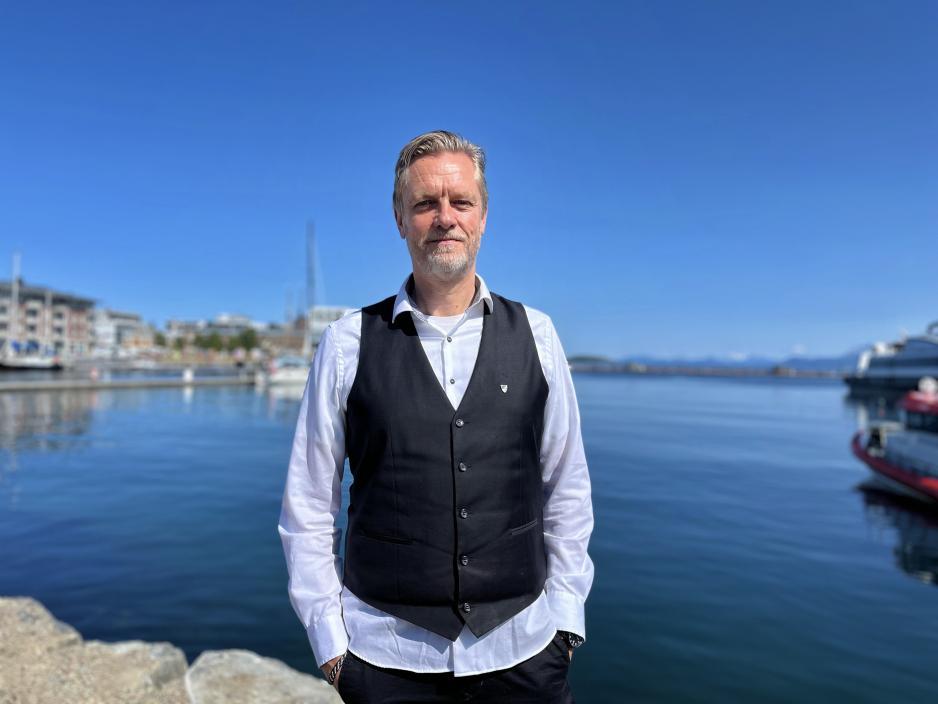
Terje Aunevik, Chair of Longyearbyen Community Council in Svalbard. (Photo: Astri Edvardsen)
Double-edged cooperation
Norway can count on the USA and NATO in the event of a possible attack on Svalbard, believes Stian Bones, History Professor at UiT The Arctic University of Norway. Yet, he also problematizes the defense cooperation with the USA in light of the Trump Administration's behavior.
"Everything the USA has done in the Nordic region and the Arctic also after Trump became president this winter indicates that the country still prioritizes military presence in the North. The reason for that is very clear: the USA has, as the world's strongest military power, a permanent interest in keeping watch on Russia. Although the US focus is pivoting more toward Asia, the nuclear submarines on the Kola Peninsula remain a threat to the US," Bones points out and continues:
"I am quite sure that the US will come to our rescue if war threatens. But the dilemma for us is that we are faced with a United States that may become less and less recognizable. The question is: How far are we willing to go to be friends with the bully? Do we want a close defense cooperation with a nation that, for example, tries to influence elections in Europe?"
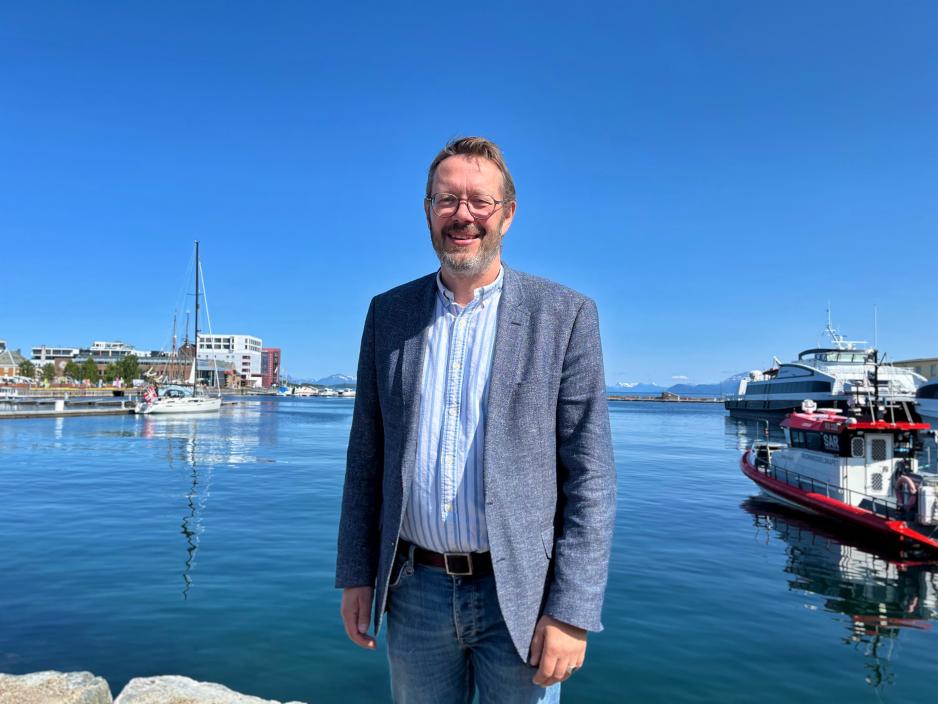
Stian Bones, History Professor at UiT The Arctic University of Norway. (Photo: Astri Edvardsen)
In the face of Russia and the USA
How exposed is Svalbard really? asks High North News' Editor Arne O. Holm, leader of the High Noon debates.
"During the Cold War, the Soviet Union aimed to take control over Svalbard if war threatened. What Russia's intentions are today is difficult to say. But we can register that Russia has built up military bases with capacities that allow it to deny others the use of the archipelago if war threatens. Rockets can be launched from mainland Russia that could make conditions on Svalbard quite unlivable," Bones replies.
And if you turn westwards, what do you see? Holm asks.
"Traditionally, the US and Russia have operated with a balance of power in the Arctic. That is, the US has shown restraint around Greenland, while the country has had and still has bases there, and Russia has, in turn, shown restraint when it comes to Svalbard and other Arctic islands. If Trump makes reality out of his threats to take control over Greenland, this balance will be upset, and it would put us in a difficult position," notes the UiT professor.
Watch the debate here (Norwegian only):
Calls for a civil preparedness investment
Amy Brox Webber, County Chair of Finnmark Socialist Left and former member of the Norwegian Defense Commission, is more reserved regarding a strengthened military presence around Svalbard.
"One must not forget that if we unilaterally advocate for increasing military activity, that will have ripple effects and we cannot define what other countries are to do," she points out.
At the same time, Webber is most concerned that the large investments in defense are not being followed by a substantial investment in civil preparedness, which she sees as a great need.
"I believe it is crucial for Norway to ensure its own defense capabilities, and that we should be able to operate in the High North to maintain control and overview. But as the situation stands today, the strengthening of the Armed Forces unfortunately comes at the expense of the civil preparedness," she says and continues:
"We see that preparedness is fragile in Eastern Finnmark and Svalbard, which are very vulnerable areas. The infrastructure meant to allow the community to function has become a balancing item [a low priority item, ed. note] for nearly all parties to various degrees – while the defense budget increases enormously."
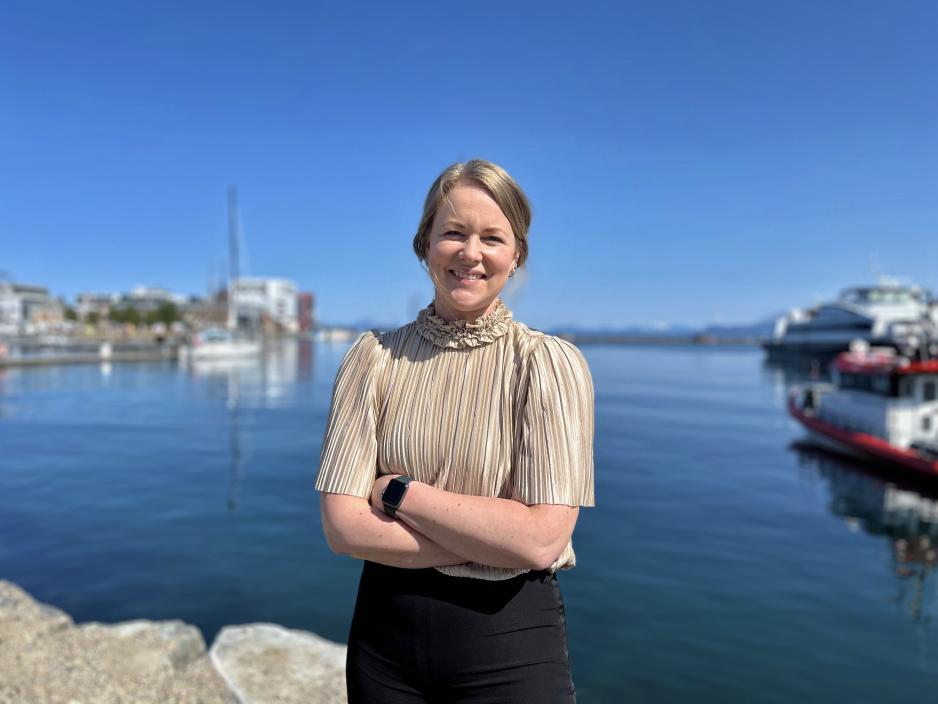
Amy Brox Webber, County Chair of Finnmark Socialist Left and former member of the Norwegian Defense Commission. (Photo: Astri Edvardsen)
Wants the 1.5 percent northward
The chair of the Longyearbyen Community Council agrees that the strengthening of civil preparedness must be a higher priority.
"NATO not only expects increased military capacity, but it also emphasizes the significance of robust civil communities. The Community Council has long underlined that water, sewage and energy in Svalbard are critical infrastructure of national significance, and in fact, of international significance in a NATO context," says Aunevik.
He refers to the government's announcement last week, heading into the NATO summit in the Hague, of an commitment to increase defense spending to 3,5 percent of the GDP and to use 1,5 percent on measures in the civilian sector that support military capability and society's resilience.
"We need a real discussion about where this 1,5 percent is to be spent. Some parts of Norway are extremely strategically important, and those municipalities can't finance critical infrastructure alone," states Aunevik.
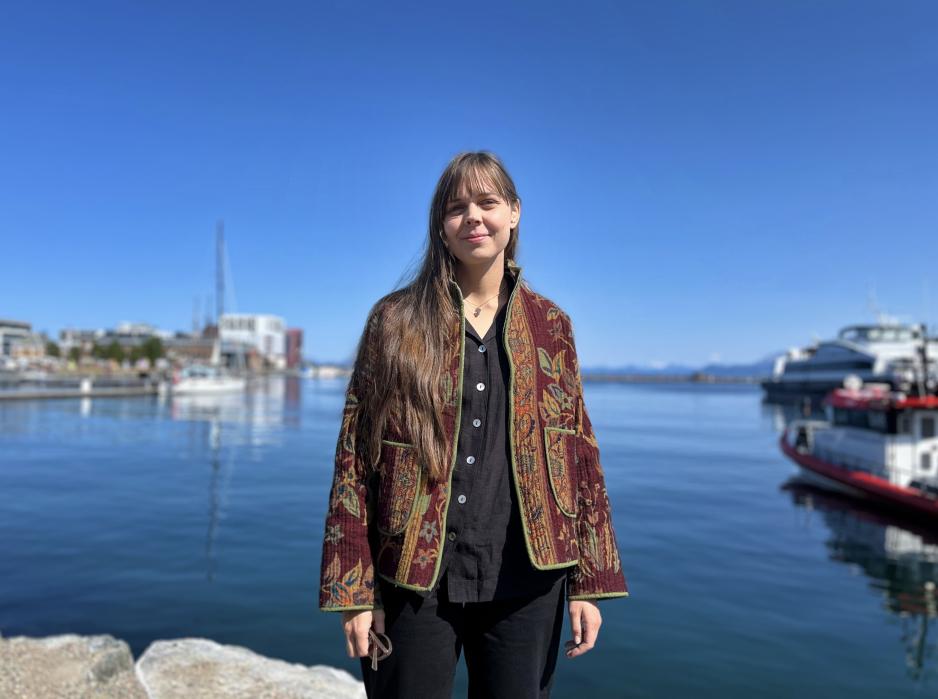
Playwright Karolien Una Moen. (Photo: Astri Edvardsen)
An artist's perspective
Playwright Karoline Una Moen contributed an artist's perspective in the debate. She is currently premiering the dystopian show 'Askesky' [Ash Cloud, ed. translation] during the True Northern Arts Festival.
"Askesky is about two young sisters who are taken out of their home and moved to another against their will. They experience this shift as the end of their world, triggering ideas about the downfall of the entire world as a consequence of a plague, an asteroid, or war," says Moen.
"These scenarios are informed by the fear simmering in today's world. The threat landscape in which we all live comes into play and 'feeds' the sisters' fantasies and fears. Furthermore, the focus shifts to their strategies to survive, such as escapism and play."
Moen does not focus much on security policy in her artistic work, but is interested in remote island communities and she considers studying Svalbard.
"I often return to themes surrounding isolated island communities in my writing, and I am curious about Svalbard as an artist. I want to learn about what it's like to live there," says the playwright and continues:
"If I were to write a play about the archipelago, I would seek to describe what a safe normal situation is and then write in an upheaval. The central question would be: What happens to the people in the middle of it?"


